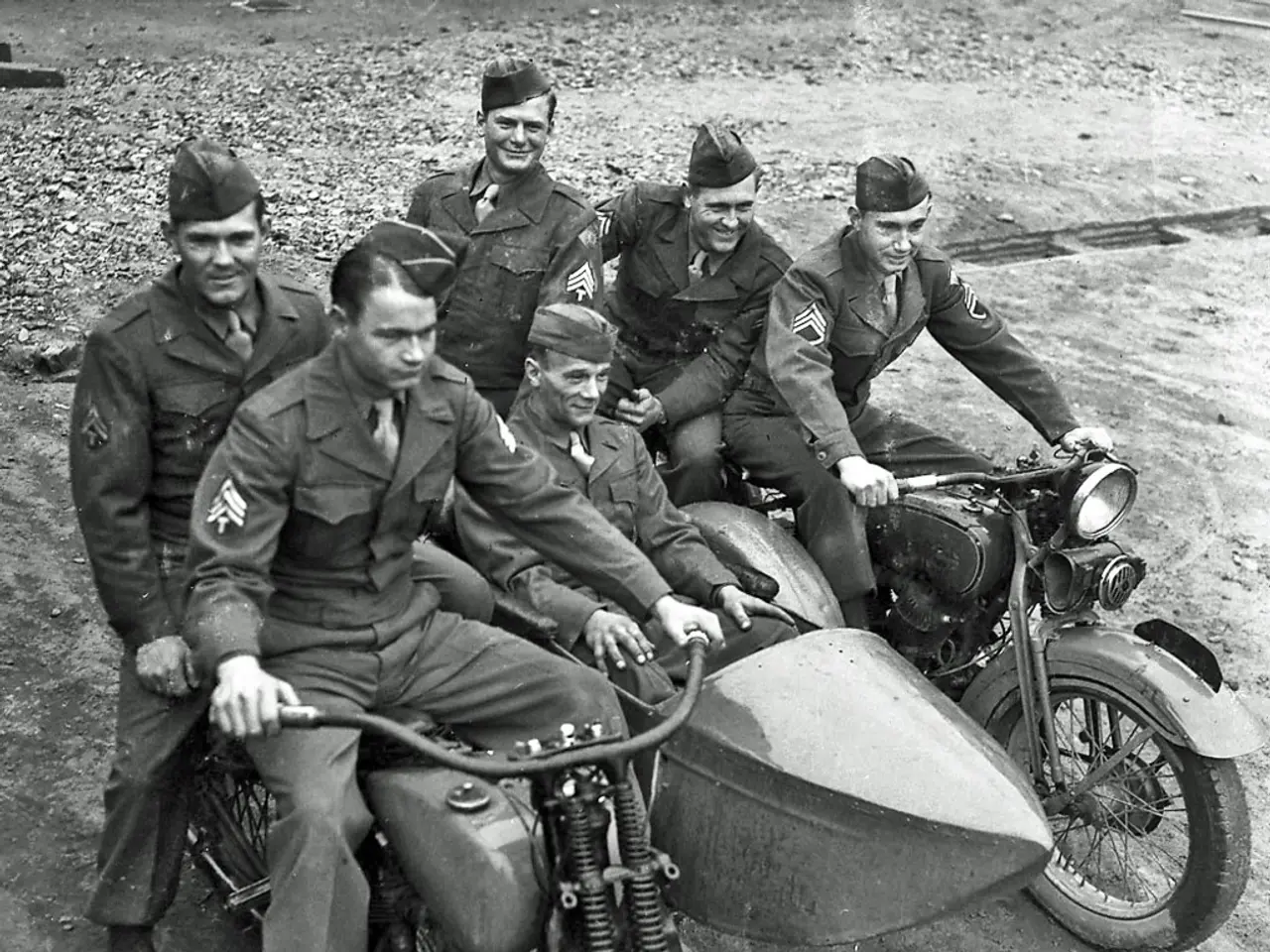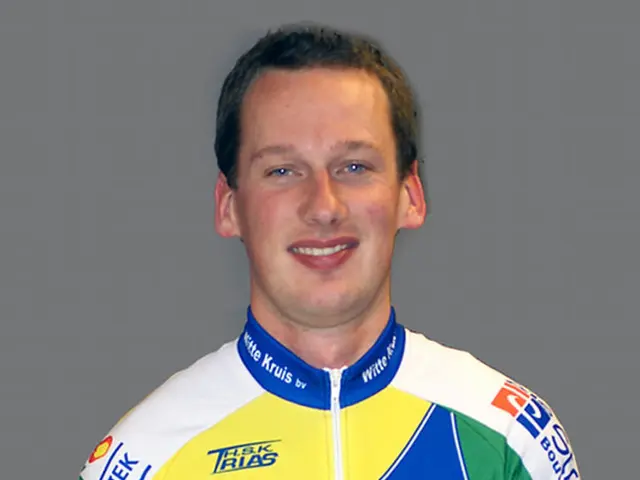A cycling community's legitimacy isn't established without the inclusion of plus-sized African American women.
In the heart of Baltimore, a new cyclist embarked on a journey that was more than just a ride. Identifying as a fat Black woman, she started her cycling journey during the pandemic, pedaling through city traffic and experimenting with clipless pedals for the first time.
This individual, who recently completed her first century ride, dreams without limits. She gets on her bike and brings Black women with her, finding joy in every mile. But her experiences, like those of many marginalized cyclists, are not without challenges.
Barriers related to safety, accessibility, social acceptance, and inclusion within the cycling community are common for groups such as fat Black women, disabled riders, trans and queer cyclists, elders, and those who ride for joy. These groups often face exclusion due to infrastructure that favors able-bodied, athletic, or normative identities, as well as cultural gatekeeping, implicit bias, and a lack of representation.
Safety and infrastructure are key issues. Many marginalized riders do not feel safe enough to start biking regularly because cycling infrastructure is often designed with confident, faster riders in mind, neglecting slower, adaptive, or casual bicyclists. Poor infrastructure disproportionately affects communities of color and disabled riders, reducing their access to biking as a viable option.
Social inclusion and representation are also significant concerns. Cycling communities and clubs sometimes maintain unspoken hierarchies based on speed, equipment, and experience, which can intimidate beginners, elders, or those who don't conform to typical cyclist norms. This contributes to an elitist perception that excludes diverse identities.
Access and affordability are also uneven, with marginalized groups often lacking resources to own bikes or learn to ride. Programs targeting underserved communities, such as free bike lessons and refurbished bike donations, are effective strategies to increase inclusion in cycling.
For some marginalized cyclists, riding is as much about joy, rest, and community as about transportation or fitness. Observations from places like India highlight how slow, leisurely cycling allows for social interaction, rest, and a break from productivity norms, broadening the definition of who bicyclists can be.
To make cycling more inclusive, strategies include expanding infrastructure, community programs, cultural change, representation and leadership, policy and advocacy. The cyclist herself is an advocate for these changes, fighting for a more inclusive cycling culture that reflects diverse experiences.
Despite facing exclusion, the cyclist continued to push forward. She launched a cycling group called Black Girl Joy Bike Ride in 2023 for Black women to participate in cycling. However, her journey took a turn when the Mid South gravel race, which she had applied and been accepted into, was canceled due to wildfires. Devastated after months of training, she found solace in a ride from Philadelphia to Baltimore, invited by Keshia Roberson, the founder of the 1928 Legacy Tour.
On May 24th, she rode nearly 80 miles in the ride, but organizers made the call to pull her off the route for safety. Yet, she remains undeterred, continuing to fight for access, equity, and inclusion in cycling. She questions if she truly belongs in the cycling community due to a lack of representation and inclusion, but her resilience and advocacy are a testament to her belief that if someone rides a bike, they are a cyclist, regardless of their size, speed, or the cost of their bike.
Confidence, for this cyclist, is a form of resistance. She has built her life around helping others live joyful, beautiful lives, and her journey in cycling is no exception. She continues to challenge the status quo, inspiring others to join her in creating a more inclusive cycling community.
- This cyclist, a fat Black woman, dreams beyond the ordinary, envisioning a lifestyle that includes cycling as a central pathway.
- Her endeavors in the fashion-and-beauty sphere mirror her cycling journey, embracing every transformation with grace.
- Food-and-drink experiences often accompany her cycling adventures, fueling her body for the miles ahead.
- In her relationships, she shares her passion for cycling, encouraging others to embark on their own journeys.
- Her beloved pets provide comfort during the challenging moments of her cycling ventures, offering unconditional love and companionship.
- As a traveler, she seeks out new cycling destinations, expanding her horizons and broadening her cycling knowledge.
- Her education-and-self-development is rooted in personal-growth, using her experiences to grow stronger and wiser.
- Big-wins in career-development have come as she advocates for a more inclusive cycling culture.
- Despite the challenges of gambling-trends and the lure of casino-and-gambling, she practices responsible-gambling and invests her earnings in sports, watching sports-analysis and even dabbling in sports-betting, all while maintaining a prominent presence in the cycling community.




